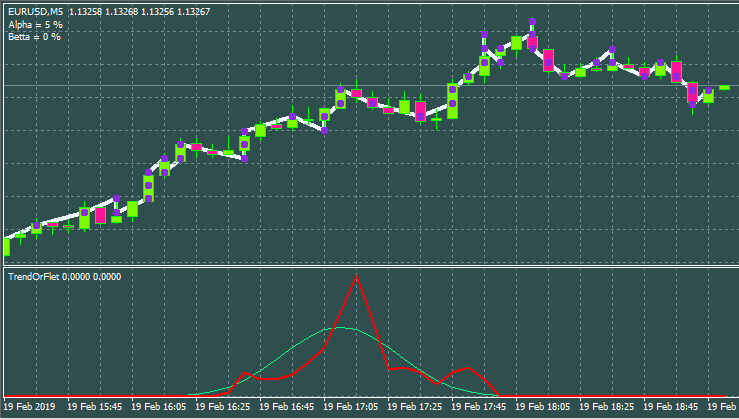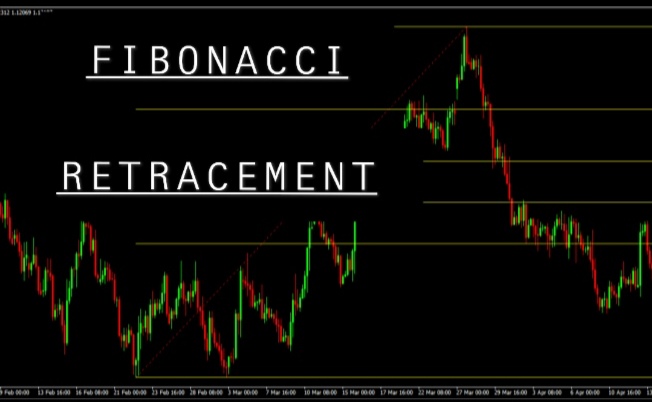
· Note that the mathematical Forex strategies are subject to these factors at a greater degree – in particular, the role of zero that reduces the probability of winning in the Forex market is played by spread and DC commission, and they are present in every single transaction, regardless of whether it is profitable or unprofitable · So, this math guide for Forex trading led us to the margin and leverage. In Forex trading, leverage provides you to control a larger position. You will use a smaller part of your own funds and the rest you will borrow from your broker. Margin is the deposit demanded by your broker. He or she will ask you for a margin/deposit to allow you to open a position. Leverage is calculated by math formula: · In the following math guide for traders we will provide you with a crash course of the most important mathematical concepts and explain how they affect your trading. To give you a little overview, this article includes the following concepts: Pips – Value Of Pips. Leverage And Margin
Essential Mathematical Concepts for Algorithmic Trading
Experienced speculators quite often evaluate the financial markets as random processes and work mainly with probabilities. Of course, when the novices learn about this, they also try to apply their memories of the higher mathematics course in trading. In result, various mathematical Forex strategies appear.
Unfortunately, these solutions lead to a waste of time at best, or large sums at worst, mathematics behind forex trading. Therefore, since the novices are interested in this topic from generation to generation, today we will look at the advantages and disadvantages of the Martingale as a system. First of all, we should recall that this technique came to the financial markets from the casinos, or rather from the gambling houses. The exact date of its real practical application is not known, but at rough round evaluation, it appeared at the junction of the mathematics behind forex trading and 19th centuries, and has gained wide popularity in the 20th century.
In the general case, this is such a strategy in gambling that doubles up after each losing bet until it receives a prize. Thus, the player assumes unlimited risk, but can only win an amount equivalent to the initial bet in the series. Important nuances that need to be taken into account when studying the mathematical Forex strategies.
Judging by the polls on independent forums, the deposit siphon off is often a consequence of the use of the Martingale. To answer the question of why such an approach is unacceptable, we should again turn to history. Initially, the roulette game had only two fields: black and red; accordingly, from the point of view of the theory of probability, the outcomes of tossing a coin and bets in the casino were completely identical, i.
The result of this game at a constant bet was the following graph:. It would seem that it is the grail, because theoretically, mathematics behind forex trading, even without increasing the bet, it can bring a profit.
Since then, the history of the evolution of the Martingale began, because it has become impossible to stay afloat without an increase in bets, mathematics behind forex trading. Thus, even if we ignore the zero, in the above example 7 consecutive losses were recorded at one sector, which means that if you double the bet after every failure, we get the following sequence of losses: 1, 2, 4, 8, 16, 32, In fact, the funds will not be enough even for the opening of the last series.
Where the Martingale shows better results — in the casino or on Forex? autocorrelation is absent, unless the institution uses fraudulent schemes. Note that the mathematical Forex strategies are subject to these factors at a greater degree — in particular, the role of zero that reduces the probability of winning in the Forex market is played by spread and DC commission, and they are present in every single transaction, regardless of whether it is profitable or unprofitable.
The figure below shows an example of a random process without doubling transactions, the result of experiments of which is adjusted for the potential loss on the commission:. In addition, in most cases, losing trades are countertrend, so a further increase of the lot against the prevailing trend only exacerbates the situation. This situation is a consequence of the above-mentioned autocorrelation, when every new values of the row depend on the preceding, which creates a lot of problems when searching for repetitive signals.
Thus, the Martingale mathematics behind forex trading the financial markets in its pure form is not acceptable, mathematics behind forex trading. To solve this problem, mathematical Forex strategies come to the rescue. In the first stage of the algorithm optimization, it is necessary to collect statistics on working out the signals for the main system over a long period six months or more. The average length of a series of losing orders and the longest mathematics behind forex trading of losses are further calculated.
In this case, the cost of spreads and commissions should also be considered in the financial result. At the final step, you need to choose the parameters for risk management, which become relevant as soon as the average series of losses was recorded — for example, if the average probability to fix four consecutive stop-losses in the system is low, then it is reasonable to increase the volume after three losing orders in the new deal.
At that, multicoefficient does not have to be a double, it is permissible to use more conservative options as well. The figure above shows a second variant of application of the Martingale, i, mathematics behind forex trading. averaging in the area of the signal appearance. In this case, it is assumed that the first order is opened by the minimum volume, after which the deal volume is incremented as the price moves against the position.
Mathematics behind forex trading this case, the stop-loss is set simultaneously with the first order, and the risk of an aggregate position including averages should not violate the rules of money management. Source: Dewinforex. Join us:. Forex About the site. Open an account Forex brokers Forex bonuses Forex education Trading advisors Trading strategies Forex indicators Quotations Economic calendar.
Mathematical Forex Strategies: History and Application in Practice. Important nuances that need to be taken into account when studying the mathematical Forex strategies Judging by the polls on independent forums, the deposit siphon off is often a consequence of the use of the Martingale.
Risk Disclosure: Dewinforex. com administration warns that mathematics behind forex trading the information provided on the Dewinforex. com website, you do so at your own peril. All information is provided for reference and cannot be considered as a recommendation. Website administration is not responsible for damages resulting from the use of the information provided. Settlement of transactions in the foreign exchange and stock markets involves taking concomitant, high risks by the trader.
Before you start trading, you need to understand how much you can lose, and in no case change this amount. Please only risk with the funds available to you, and do not use borrowed money in trading, mathematics behind forex trading. Mobile Version.
HOW TRADING AND MATHS CAN MAKE YOU RICH -- STRONG EVIDENCE
, time: 14:20The Maths Behind Successful Forex Trading - Infinite Prosperity | Infinite Prosperity

· In the following math guide for traders we will provide you with a crash course of the most important mathematical concepts and explain how they affect your trading. To give you a little overview, this article includes the following concepts: Pips – Value Of Pips. Leverage And Margin · Note that the mathematical Forex strategies are subject to these factors at a greater degree – in particular, the role of zero that reduces the probability of winning in the Forex market is played by spread and DC commission, and they are present in every single transaction, regardless of whether it is profitable or unprofitable Leverage can be calculated using the forex trading math formula below: Leverage = Trade Size / Account Size. Let’s take a practical example to demonstrate this. Say you decide to enter into a position in a financial instrument with a notional value of $, You only have $ 2, in your trading account
No comments:
Post a Comment